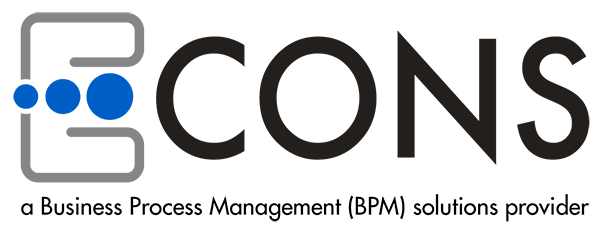Process
design & modeling
Business Process Modeling helps you understand and optimize your workflows giving you time to focus on other important areas of business.
Design, build, and optimize your business processes
In the absence of standardized visual models, teams can waste hours trying to get everyone on the same page. Process Modeling with Business Process Model and Notation (BPMN) helps teams bridge the gap by providing a creative, collaborative, and mistake-proof approach to process design.
Effortless process design, modeling, and optimization with Business Process Modeling
Visually represent your processes
Quickly visualize your processes through a graphical representation such as activity diagrams, process diagrams, and swim lanes.
Create easily and perfectly
Business process modeling features comprehensive tools that ensure model accuracy and completeness. Plus, real-time process simulation and automated analysis take playing ‘what if’ to the next level.
Improve efficiency & effectiveness
Keep processes at their peak with analytics, optimization, and tactics to help ensure process quality and efficiency.
Reduce human error
BPMN standardizes processes, allowing the business to become more agile and reduce human errors.
Save time & money
Simplify and speed up each step, while minimizing labor costs with BPM, process automation, and optimization.
Better collaboration
With the help of BPMN, it’s easier than ever to get everyone on the same page when it comes to process optimization.
Clients who trust our solutions
Process design & modeling solutions
The main objective of business process modeling tools is to analyze how things are right now and simulate how they should be carried out to achieve better results.
One of the most common business process modeling techniques is Business Process Modeling Notation (BPMN). It is a simple usage of lines, arrows, and geometric shapes that all communicate the flow and nuances of the process.
ECONS we can help you:
- To give everyone a clear understanding of how the process works
- To achieve consistency and control the process
- To identify and eliminate redundancies and inefficiencies
- And to set a clear starting and ending to the process
- Process modeling generates comprehensive, quantitative activity diagrams and flowcharts containing critical insights into the functioning of a given process.
At ECONS, we have experts who can help you with business process modeling techniques.
Frequently Asked Questions
What is Business Process Modeling?
Business Process Modeling (BPM) is a method used by organizations to visually represent their business processes. It involves creating graphical representations or models that illustrate the steps, activities, inputs, outputs, and interactions within a business process. The primary goal is to provide a clear and standardized understanding of how a process works, facilitating communication, analysis, and improvement.
What are the phases of business process modeling?
- Identification of Processes: Determine which processes within the organization need to be modeled.
- Definition of Scope: Clearly outline the boundaries and objectives of the process being modeled.
- Gathering Information: Collect data and information related to the process, including inputs, outputs, activities, roles, and resources.
- Creating a Process Map: Develop a visual representation of the process using tools like flowcharts, BPMN (Business Process Model and Notation), or other modeling languages.
- Analysis and Optimization: Evaluate the model to identify inefficiencies, bottlenecks, or areas for improvement. Make necessary adjustments to enhance the process.
- Documentation: Document the finalized process model, including all relevant details and improvements made during the analysis phase.
- Implementation: Communicate the model to relevant stakeholders and, if applicable, implement changes to the actual business process based on the model.
- Continuous Monitoring and Improvement: Regularly monitor the implemented process and make continuous improvements based on feedback and changing business requirements.
What is the purpose and scope of business process design?
The purpose of Business Process Design (BPD) is to create or redesign business processes to improve efficiency, effectiveness, and overall performance. This involves analyzing, documenting, and optimizing existing processes or designing entirely new processes to align with organizational goals. The scope of business process design includes:
- Efficiency Improvement: Streamlining and optimizing processes to reduce time, costs, and resource requirements.
- Quality Enhancement: Ensuring processes consistently deliver high-quality outputs and meet established standards.
- Risk Management: Identifying and mitigating risks associated with business processes to enhance overall organizational resilience.
- Alignment with Objectives: Designing processes that align with the strategic objectives and goals of the organization.
- Customer Satisfaction: Focusing on designing processes that enhance the customer experience and satisfaction.
- Innovation and Adaptability: Incorporating flexibility into processes to adapt to changing business environments and promoting innovation.
- Compliance: Ensuring that processes adhere to legal and regulatory requirements.
In summary, business process design aims to create efficient, effective, and adaptable processes that contribute to the overall success and competitiveness of an organization. It involves a comprehensive analysis and redesign of business processes to meet the evolving needs of the business and its stakeholders.
